In the realm of road safety innovations, LifeBelt has emerged as a pioneering solution that has garnered significant attention, particularly after its appearance on the popular television show, Shark Tank. Created by Robert Allison, this groundbreaking device is designed to combat the alarming number of fatalities in road accidents by compelling seat belt use.
It functions by integrating an interlock system that prevents a vehicle from starting unless the seat belts are secured. Since its introduction on Shark Tank, LifeBelt has sparked a debate about its potential to revolutionize road safety norms and the challenges it faces.
In this article titled “LifeBelt: What Happened After Shark Tank”, we delve into the journey of LifeBelt after its Shark Tank debut. We will explore how the product has evolved, its current status, the hurdles it has encountered, and its impact on the auto safety industry. Whether you’re a Shark Tank enthusiast, interested in car safety, or curious about innovative gadgets, this comprehensive examination of LifeBelt’s trajectory will provide insightful details about this unique safety device.
What Is LifeBelt?
Features
LifeBelt’s primary feature is its interlock system that prevents a vehicle from starting unless the seat belts are fastened. This feature is especially beneficial for new drivers and teenagers who are statistically more prone to risky driving behavior.

Pros:
Enhanced Safety
The foremost advantage of LifeBelt is the enhanced safety it provides. Ensuring that all occupants of the vehicle buckle up before starting the car, significantly reduces the risk of severe injuries or fatalities in case of an accident.
Education and Habit Formation
LifeBelt is not just a safety device; it’s also an educational tool. By necessitating the use of seat belts, it helps to instill this crucial habit in drivers, particularly young ones, contributing to safer driving habits in the long run.
Potential to Save Lives
The creator of LifeBelt, Robert Allison, was driven by a personal tragedy to develop this product2. The device has the potential to save countless lives by ensuring seat belt use, which can prevent many deaths resulting from car accidents.
Cons:
Implementation Challenges
One of the main challenges for LifeBelt could be its implementation. It would require cooperation and integration with car manufacturers to be installed in new vehicles. Moreover, getting it retrofitted into existing cars may also pose a challenge.
Potential for Unintended Consequences
While the device is designed to promote safety, there could be situations where it might lead to unintended consequences. For instance, in emergency situations where a quick start of the vehicle is necessary, the requirement to fasten the seat belt first could potentially delay response times.
Cost and Accessibility
The cost of the LifeBelt device and its installation could also be a limiting factor for many consumers. Additionally, the availability of the device could be an issue if it’s not widely adopted by car manufacturers [2].
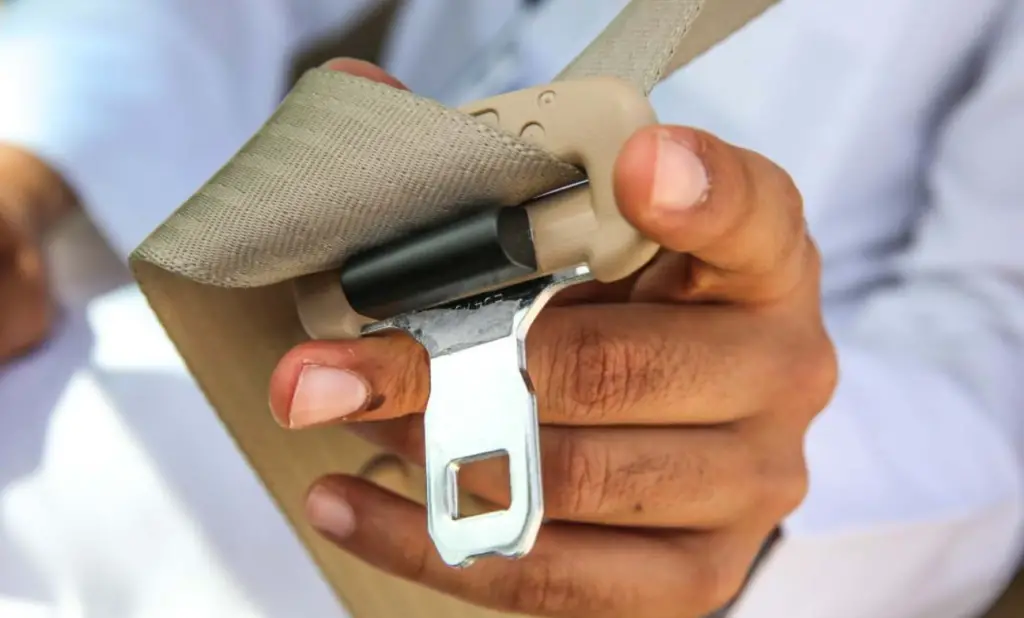
Who May Benefit From Using LifeBelt:
- New Drivers: Novice drivers, such as teenagers, might benefit from using the LifeBelt. It can provide an extra layer of safety as they’re still learning and are more prone to accidents;
- Parents: Parents with young children may find LifeBelt beneficial. It can give them peace of mind knowing that their child is safely secured in their seat;
- Elderly Drivers: Elderly drivers often have slower reaction times and may be more susceptible to injuries in the event of a crash. Using a product like LifeBelt could help to reduce their risk;
- Commercial Vehicle Operators: People who drive for a living, such as bus drivers, truck drivers, and taxi drivers, could also benefit from the added safety that LifeBelt provides;
- Adventurous Drivers: Those who engage in off-road driving, racing, or other high-risk driving activities might find LifeBelt advantageous;
- Safety-Conscious Individuals: Anyone who values safety and wants to reduce their risk of injury in a car accident may find value in using LifeBelt [3];
About the Founders Of LifeBelt
Robert Allison stood as the mastermind and proprietor behind the innovative concept of LifeBelt, a brainchild born from the tragic loss of a dear friend in a reckless driving accident. The heart-wrenching incident served as the catalyst that ignited his determination to craft a solution for preventing such reckless driving behavior, with the primary aim of ensuring the safety of every individual on the road.
Initially, Allison’s target audience comprised his colleagues and parents, fueled by the unwavering resolve to spare anyone from the anguish of losing a loved one to road accidents. His vision extended to the realm of school buses, where he sought to safeguard the lives of students. As a result, he commenced offering the LifeBelt device through a local shop, striving to make this safety innovation readily accessible.
Following a year of rigorous testing and meticulous assessment of LifeBelt’s efficacy, Allison found himself yearning to broaden his horizons, reaching out to a wider array of vehicles. However, this expansion necessitated a substantial infusion of capital investment. It was this pivotal need that inspired him to take his idea to the illustrious platform of Shark Tank, where aspiring entrepreneurs sought to secure crucial funding for their ventures [4].

In preparation for his momentous pitch on Shark Tank, Allison meticulously crafted an informative online platform dedicated to LifeBelt. This website served as a comprehensive resource hub, offering invaluable insights into the installation process, device functionality, troubleshooting guidelines, and warranty information.
The website underscored the importance of having a specialist install the LifeBelt device in one’s automobile, complemented by a thorough manual detailing the device’s operation. It featured step-by-step instructions for installation procedures and alarms designed to alert users to potential risks.
Furthermore, the website didn’t neglect the significance of educating teenage drivers, presenting user-friendly and easily digestible information. The overarching objective was to ensure that LifeBelt remained user-friendly, catering to drivers of all ages and experience levels. While Robert had already initiated sales through local stores, regrettably, the website lacked the functionality for online orders or direct purchases of LifeBelt, reflecting a missed opportunity in the online marketplace.
The Pitch Of LifeBelt At Shark Tank
In the pre-pitch video, viewers were treated to a demonstration of the Lifebelt system by Allison’s son, Michael. The ingenious Lifebelt system was showcased in action as their pickup truck refused to start until the Lifebelt was securely buckled.
As Allison entered the Shark Tank, he came seeking a $ 500,000 investment in exchange for a 10% equity stake in his venture [5]. With unwavering enthusiasm, Allison proceeded to elucidate the inner workings of Lifebelt and underscored the critical need for its existence. While the device was available for $ 229 at Allison’s repair shop, he emphasized that it could be easily installed by anyone. What set Lifebelt apart was that Allison held both the patent and copyright, a testament to its uniqueness.
Allison went on to reveal that he had engaged in discussions with the three major auto manufacturers. While there was genuine interest from one of them, Allison harbored doubts about the timeline for striking a deal. Kevin O’Leary seized the opportunity to question whether the value of Lifebelt solely rested on its patents. To this, Allison resolutely affirmed that it did.
Barbara decided to opt out of the deal, expressing her skepticism about the potential sales of Lifebelts. Harrington’s primary concern lay with the valuation, prompting him to exit the negotiation as well. Daymond John, foreseeing a challenging and protracted journey without a partnership with an auto manufacturer, also bowed out.
Kevin O’Leary then extended an offer to purchase the Lifebelt patent for $ 500,000, followed by an even more lucrative proposition from Robert, who put forth a million-dollar offer for the patent [6]. However, Allison steadfastly rejected Robert’s tempting bid, driven by his fervent desire to see Lifebelt evolve into a major brand. He also voiced concerns that even if a staggering $ 30 million were offered for the patent, the Sharks might acquire it and let it languish.
Robert and Daymond, perplexed by Allison’s stance, pointed out the logical flaws in his theory. Robert, although not interested in building a business around Lifebelt, was open to the path of least resistance.
Ultimately, all the Sharks decided to bow out of the deal, leaving Allison to exit the Shark Tank without a partnership. His vision for Lifebelt, as a major brand and a safety innovation, faced a crossroads in the absence of an agreement with the Sharks.
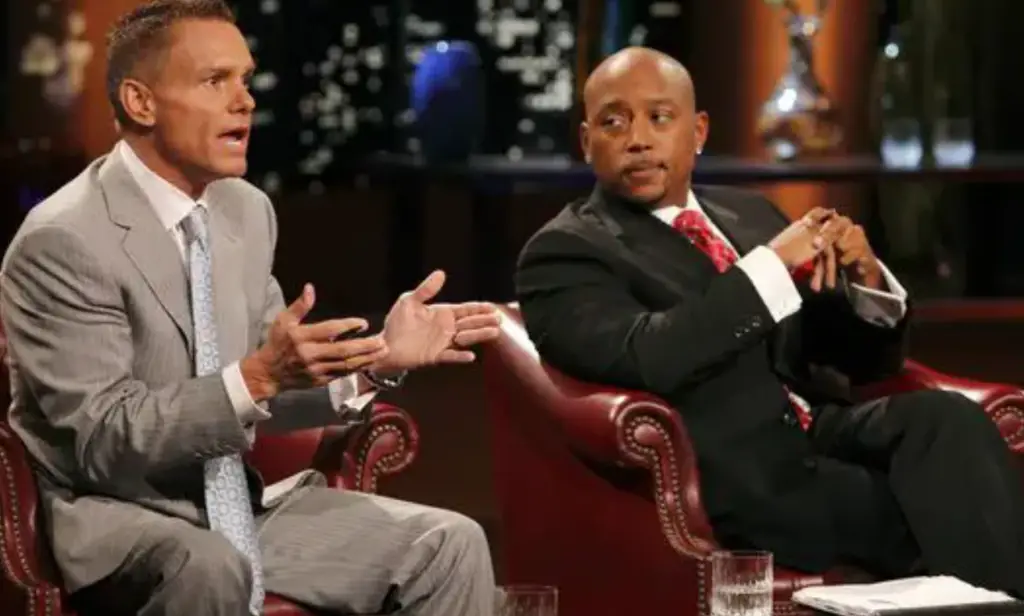
LifeBelt After The Shark Tank
Although Robert Allison’s appearance on Shark Tank didn’t result in a deal, it did provide him with a valuable platform to promote LifeBelt. This exposure garnered the attention of both local and national automobile retailers, including prominent names like Hendrick Automotive and Autozone. Robert had high hopes, estimating that potential revenue from orders placed by these merchants could reach $ 30 million by the end of 2010.
Simultaneously, he managed to secure a substantial $ 1.7 million deal with Gillman Automotive Group, a company keen on fulfilling his vision of installing the device in as many vehicles as possible [7]. They were eager to offer it to their existing clients, promising to integrate it into both new and older car models. Additionally, for a brief period, it was available for purchase on well-known websites like Safety Mum Direct.
However, after sealing the deal, it appears that the LifeBelt concept faded into obscurity. Neither LifeBelt’s official website nor Gillman’s website featured the product, and Gillman’s dealership websites also showed no trace of it. The last updates on the LifeBelt Facebook page date back to 2010, indicating a lack of online promotion or marketing efforts. The status of its availability in Gillman stores remains uncertain, leading to speculation that the Gillman deal may have been the sole focus for Robert.
As predicted by the Shark Tank panelists who opted out of the LifeBelt pitch (Barbara, Daymond, and Harrington), generating sales for this device appeared to be a challenge. This difficulty may explain why the new investor chose not to offer it through their online stores or dealership websites.
What once seemed like a promising and life-saving idea has now become a forgotten concept. There is no available information regarding the device’s current status under Gillman’s ownership, as it is conspicuously absent from their homepage and dealership websites.
The Net Worth Of LifeBelt
Allison made her debut on the show seeking a $ 500,000 investment for a 10% equity stake, but alas, she departed without securing a deal [9]. Nevertheless, fate had other plans in store for her, as she later sealed a lucrative agreement worth $ 1.7 million with Gillman Automotive.
Gillman Automotive, a prominent player in the automotive manufacturing industry, expressed a keen interest in incorporating the LifeBelt system into both their new and existing vehicle models. This led to Allison receiving a substantial influx of orders from various retailers, ultimately propelling her towards a prosperous journey following her appearance on Shark Tank.
While Allison’s innovative concept still holds great promise and intention, the lack of updates on the product and its unavailability on official websites raise questions. As we yearn to witness LifeBelt’s success in alignment with Allison’s vision, any information pertaining to her journey would be greatly appreciated and shared among our community.
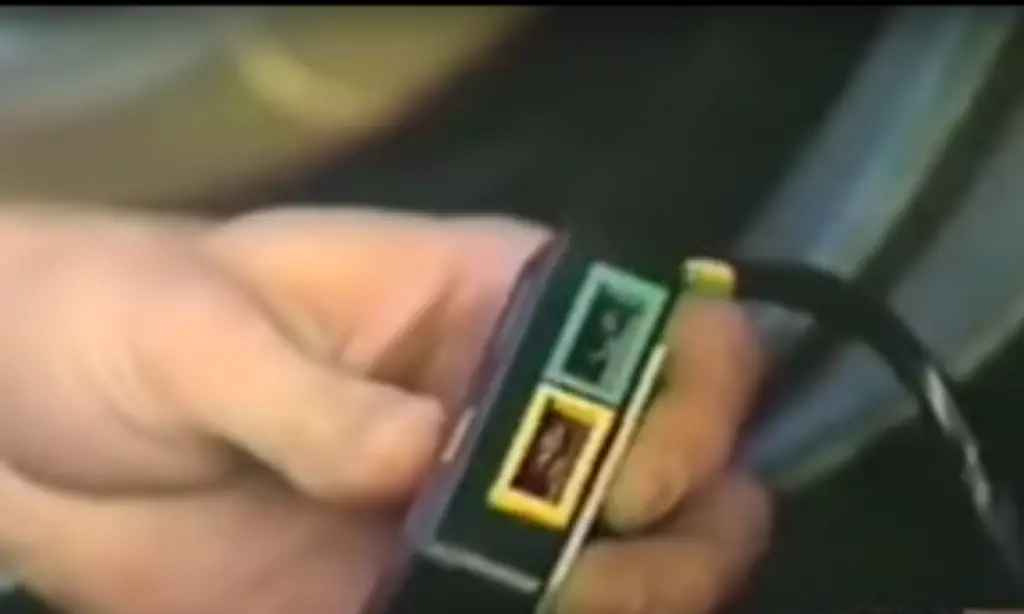
Alternatives To LifeBelt:
- Harnesses: One alternative is harness systems such as the Schroth auto control harness1. Though they can be more expensive, harness systems offer a high level of safety by securing passengers in their seats more effectively than traditional seat belts;
- CG Lock: The CG Lock is another alternative that can be considered. The device clamps onto the seat belt and allows drivers to add the stability of a racing harness. This can enhance comfort and safety during driving;
- Advanced Seat Belt Systems: Several car manufacturers are developing advanced seat belt systems that incorporate features such as pre-tensioners and load limiters. These systems work to control the amount of force applied to a passenger during a crash, reducing the chance of injury;
- Alternative Belt Setups: For specific vehicles or purposes, alternative seat belt setups may be used. For example, a 5-belt setup can be used in certain sports cars or racing vehicles for added safety;
FAQ:
- How is LifeBelt doing?
The current status of LifeBelt’s business remains uncertain. Following the lucrative multi-million dollar agreement with Gillman Automotive valued at $ 1.7 million, there has been a conspicuous lack of updates and information regarding LifeBelt. It’s worth noting that LifeBelt is currently unavailable for purchase through any known channels.
Despite the website update in 2020, neither LifeBelt’s official website nor Gillman Automotive’s website provides an option for customers to acquire the product. This absence of purchasing avenues raises questions about the present availability and operational status of LifeBelt. Further information about the company’s current situation or any plans for future availability would be greatly appreciated by those who are interested in the product.
- How does LifeBelt work?
LifeBelt works by integrating with the vehicle’s ignition system. When you attempt to start the vehicle, if the seat belts are not fastened, the system prevents the vehicle from starting.
- Is LifeBelt compatible with all vehicles?
LifeBelt was designed with widespread compatibility in mind. However, it’s always best to check with the manufacturer or your vehicle’s manual for specific compatibility concerns.
- Can LifeBelt be installed in my car by myself?
While it’s possible for technically inclined individuals to install LifeBelt, it’s recommended that a professional mechanic or technician perform the installation to ensure it’s done correctly and safely.
- How can LifeBelt enhance road safety?
LifeBelt enhances road safety by ensuring that drivers and passengers wear their seat belts before the vehicle can be started. This could significantly reduce the number of injuries and fatalities in car accidents caused by people not wearing seat belts.
- Where can I purchase LifeBelt?
As of 2023, LifeBelt is not available for direct consumer purchase. For updates on availability and purchasing options, please visit the official LifeBelt website or contact the manufacturer directly.
- Who is the poorest investor in Shark Tank?
It’s challenging to definitively determine who the poorest investor from Shark Tank is because the wealth of the Sharks can fluctuate over time due to various investments and ventures outside the show. However, some of the original Sharks, like Barbara Corcoran, Kevin O’Leary, and Daymond John, have disclosed their net worth publicly.
At that time, Barbara Corcoran was often considered the least wealthy among the Sharks in terms of net worth, although she was still a highly successful entrepreneur and investor.
- Why did Daymond leave Shark Tank?
Daymond John had not left Shark Tank. However, it’s possible that developments have occurred after that time that I’m not aware of. Daymond John is one of the original Sharks on the show and was actively participating as of my last update.
- Has anyone from Shark Tank made it big?
Yes, several entrepreneurs who appeared on Shark Tank have gone on to achieve significant success with their businesses. Some notable success stories include the creators of the Scrub Daddy, Tipsy Elves, and the Groovebook app, among others. These entrepreneurs secured deals with the Sharks and benefited from the exposure and expertise provided by the show’s investors, which helped them expand and grow their businesses substantially.
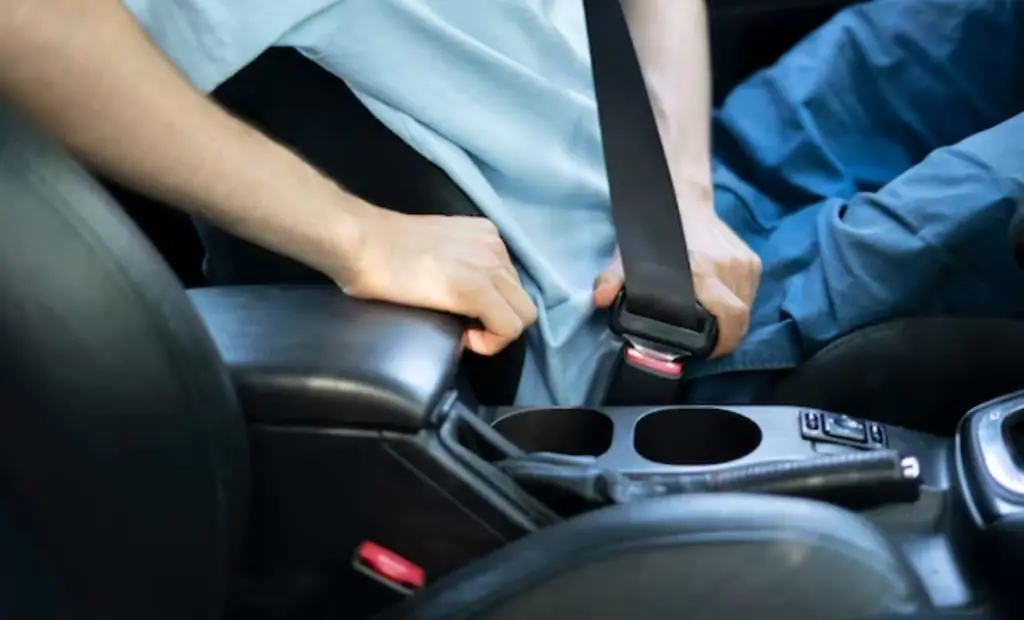
- What was the worst deal on Shark Tank?
The “worst” deals on Shark Tank can be subjective and vary depending on different perspectives. Some deals that didn’t turn out as expected or faced challenges include businesses that failed to generate significant revenue after securing a deal or experienced disagreements with their Shark investors.
However, it’s essential to remember that business success can be influenced by various factors beyond the deal itself, such as market changes and the entrepreneurs’ ability to execute their plans.
- Is Shark Tank scripted?
Shark Tank is not scripted in the traditional sense, but it is a structured reality TV show. The entrepreneurs pitch their businesses to the Sharks, and the Sharks’ reactions and negotiations are genuine. However, certain aspects of the show, such as the order in which entrepreneurs appear and the editing of pitches and negotiations, are done for entertainment purposes to make the show more engaging for viewers. Additionally, some deals may be more carefully negotiated off-camera after the show’s taping.
- Who made the most money in Shark Tank?
Kevin O’Leary (also known as Mr. Wonderful) was one of the most financially successful Sharks from Shark Tank. He built a diverse portfolio of investments, including royalty-based deals and equity stakes in various businesses that appeared on the show. However, the financial success of the Sharks can vary, and it’s challenging to determine definitively who made the most money from the show, as their investments and net worth can change over time.
Useful Video: LifeBelt Pitch: Don’t Ever Call Me Again
References:
- https://bizzbucket.co/life-belt-shark-tank-update/?expand_article=1
- https://seoaves.com/lifebelt-shark-tank-update/
- https://sharktankinfo.com/lifebelt/
- https://www.bstrategyinsights.com/what-happened-to-lifebelt-after-shark-tank/
- https://www.sharktanksuccess.com/lifebelt/
- https://sharktanktales.com/lifebelt-shark-tank-update/
- https://www.sharktankblog.com/business/life-belt/
- https://gazettereview.com/2016/01/lifebelt-update-shark-tank-news/
- https://www.wikisme.com/what-happened-to-lifebelt-after-shark-tank-lifebelt-shark-tank-update-2022/
- https://allsharktankproducts.com/shark-tank-products-tech/lifebelt-seat-belt-safety-device/

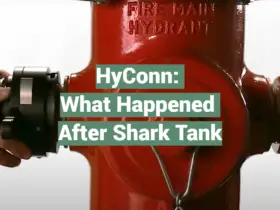

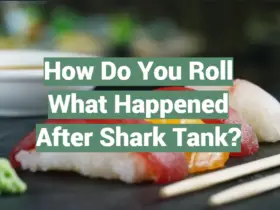

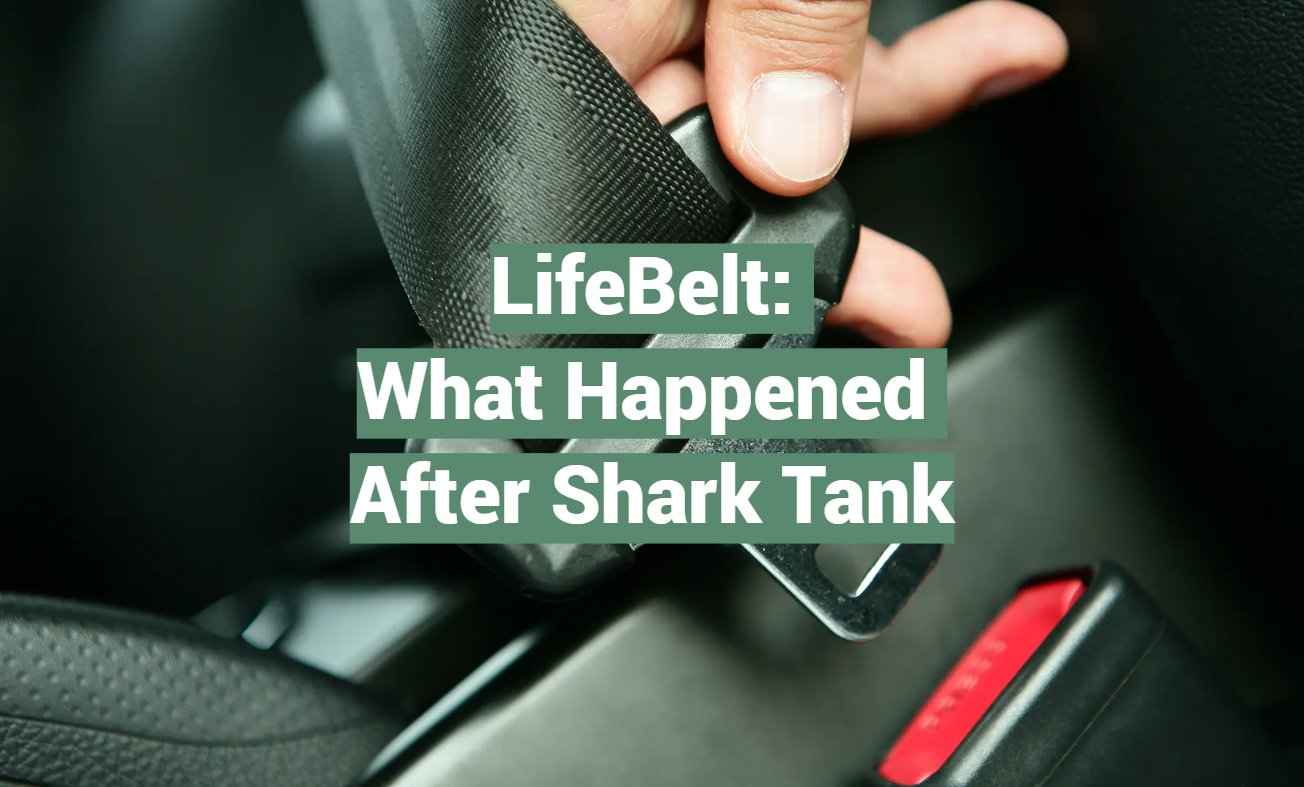
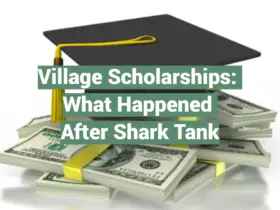

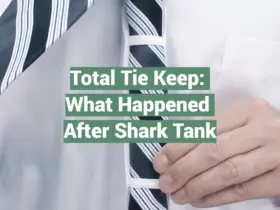
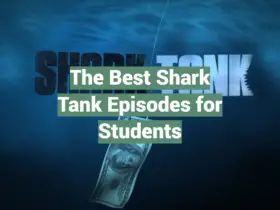
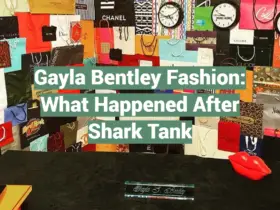
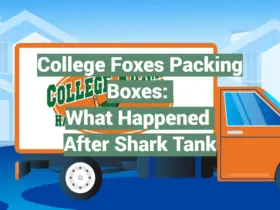
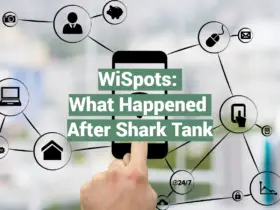
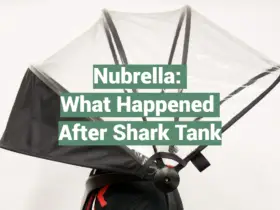
Leave a Reply